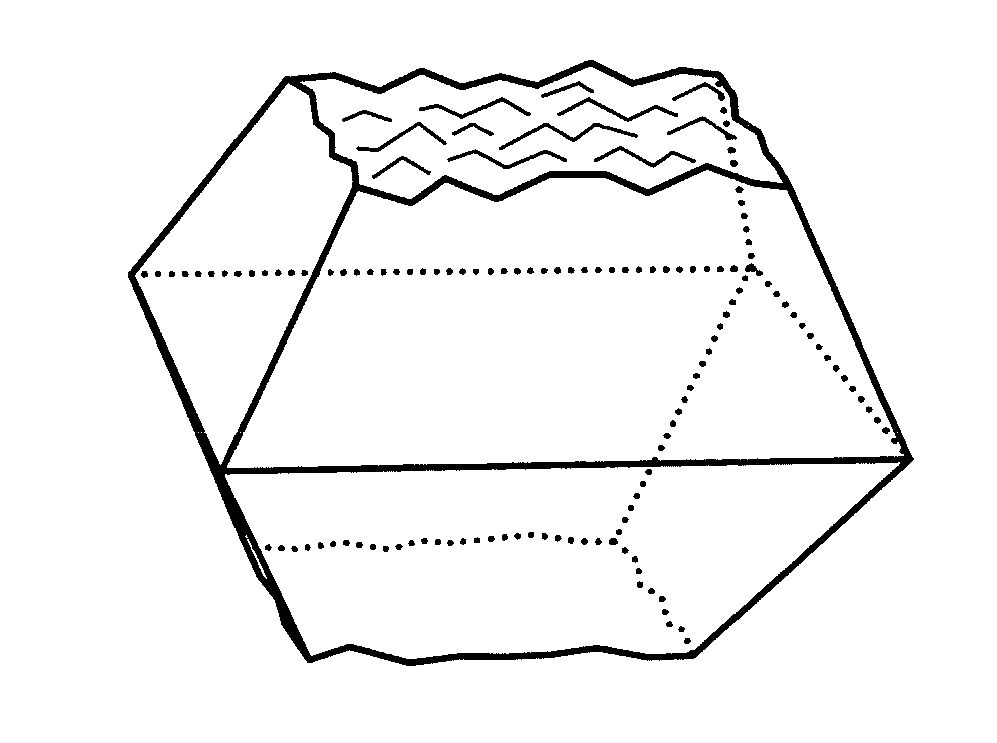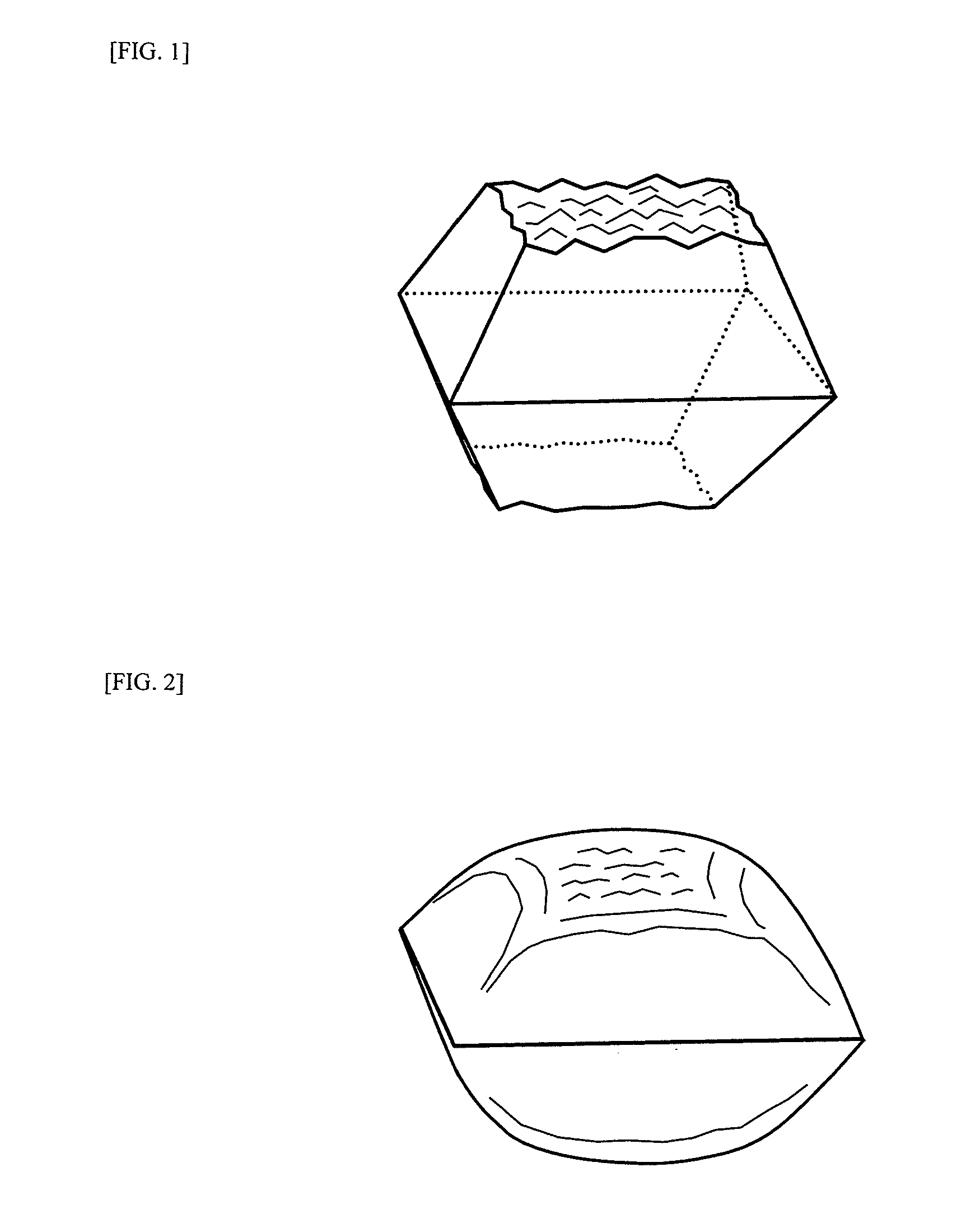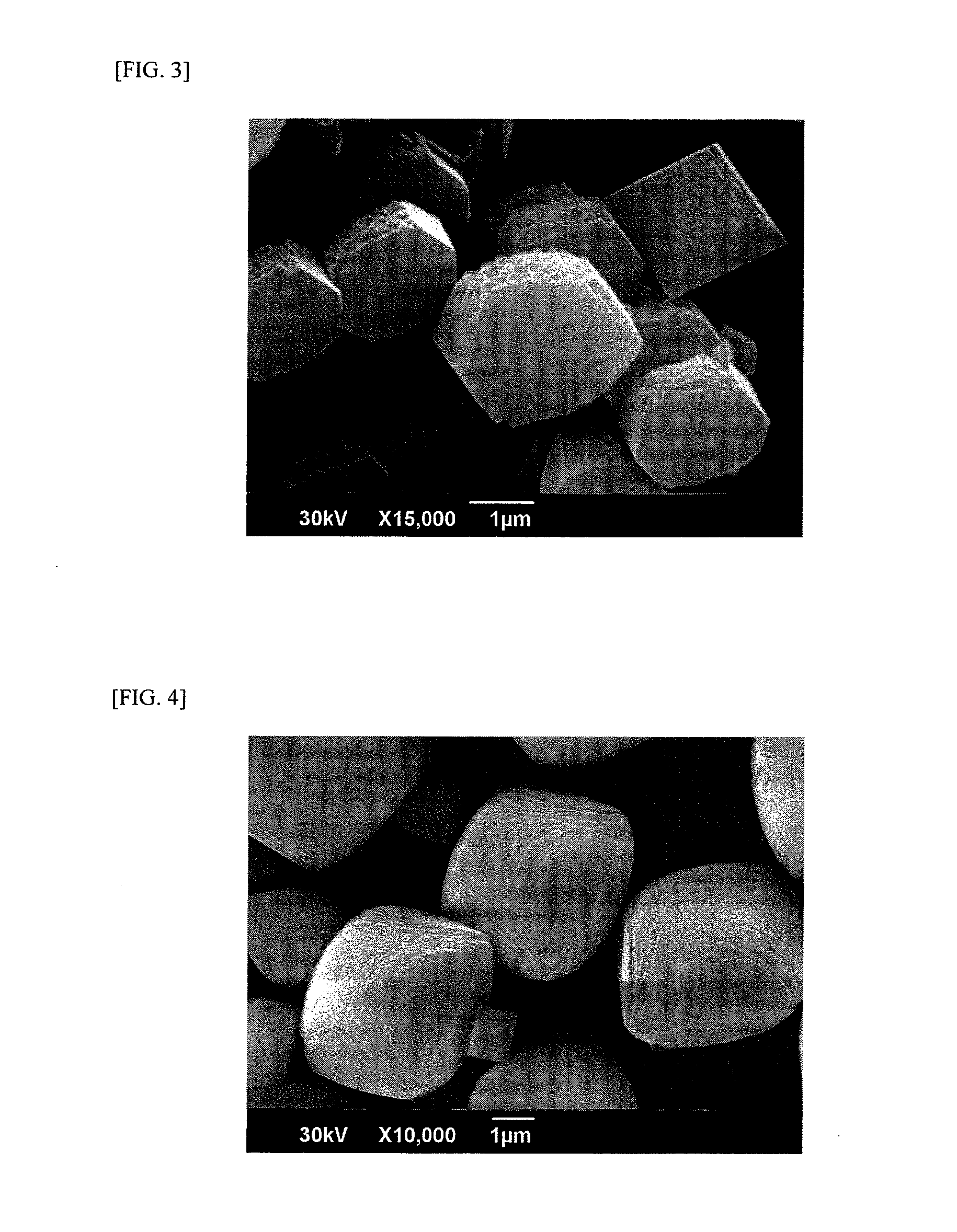Novel metallosilicates, processes for producing the same, nitrogen oxide removal catalyst, process for producing the same, and method for removing nitrogen oxide with the same
a technology of metallosilicate and nitrogen oxide, which is applied in the direction of physical/chemical process catalysts, separation processes, silicon compounds, etc., can solve the problems of metal aggregation, metal aggregation becoming more apt to occur, and unsatisfactory crystal growth, etc., to achieve high crystallinity, high degree of crystallinity, and difficult industrial use
- Summary
- Abstract
- Description
- Claims
- Application Information
AI Technical Summary
Benefits of technology
Problems solved by technology
Method used
Image
Examples
example 1
[0215]Sodium silicate No. 3 (SiO2, 30%; Na2O, 9.1%; Al2O3, 0.01%), 98% sulfuric acid, water, and iron nitrate nonahydrate were mixed together in given amounts. The resultant gel was taken out by solid-liquid separation and washed with pure water. To the washed gel were added given amounts of water, 35% TEAOH, and 48% NaOH. The ingredients were sufficiently stirred and mixed. The composition of this reaction mixture was SiO2:0.015Fe2O3:0.00046Al2O3:0.20Na2O:0.15TEAOH:10H2O. This reaction mixture was placed in an autoclave made of stainless steel, and the autoclave was closed. The contents were heated at 150° C. for 90 hours under rotating condition to crystallize a β-type iron silicate. The slurry mixture which had undergone the crystallization was white, and the crystals had a fluorine content below 100 ppm, which was a limit of determination by the analysis. Namely, the fluorine content was below the detection limit.
[0216]The results of an examination with a scanning electron micro...
example 2
[0217]A reaction mixture was prepared in the same manner as in Example 1. The composition of the reaction mixture was SiO2:0.010Fe2O3:0.00040Al2O3: 0.19Na2O:0.15TEAOH:10H2O. This reaction mixture was placed in an autoclave made of stainless steel, and the autoclave was closed. The contents were heated at 150° C. for 90 hours with stirring to crystallize a β-type iron silicate. The slurry mixture which had undergone the crystallization was white, and the crystals had a fluorine content below the detection limit.
example 3
[0218]A reaction mixture was prepared in the same manner as in Example 1. The composition of the reaction mixture was SiO2:0.020Fe2O3:0.00041Al2O3: 0.197Na2O:0.15TEAOH:10H2O. This reaction mixture was placed in an autoclave made of stainless steel, and the autoclave was closed. The contents were heated at 170° C. for 90 hours with stirring to crystallize a β-type iron silicate. The slurry mixture which had undergone the crystallization was white, and the crystals had a fluorine content below the detection limit.
PUM
| Property | Measurement | Unit |
|---|---|---|
| molar ratio | aaaaa | aaaaa |
| molar ratio | aaaaa | aaaaa |
| molar ratio | aaaaa | aaaaa |
Abstract
Description
Claims
Application Information
 Login to View More
Login to View More - R&D
- Intellectual Property
- Life Sciences
- Materials
- Tech Scout
- Unparalleled Data Quality
- Higher Quality Content
- 60% Fewer Hallucinations
Browse by: Latest US Patents, China's latest patents, Technical Efficacy Thesaurus, Application Domain, Technology Topic, Popular Technical Reports.
© 2025 PatSnap. All rights reserved.Legal|Privacy policy|Modern Slavery Act Transparency Statement|Sitemap|About US| Contact US: help@patsnap.com



